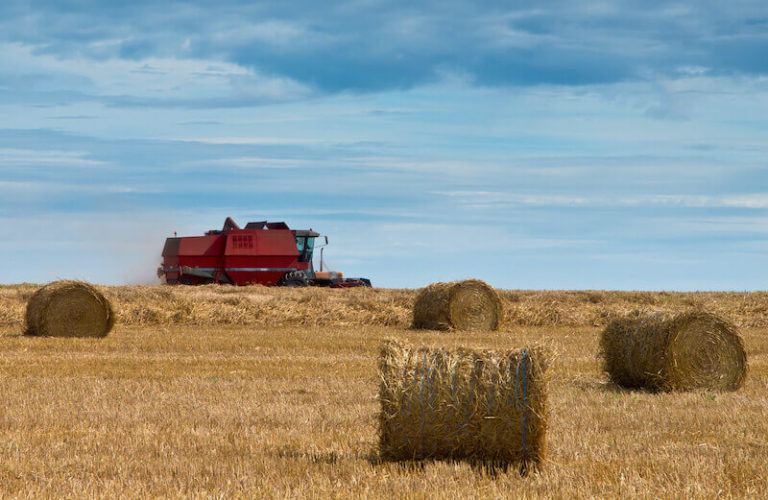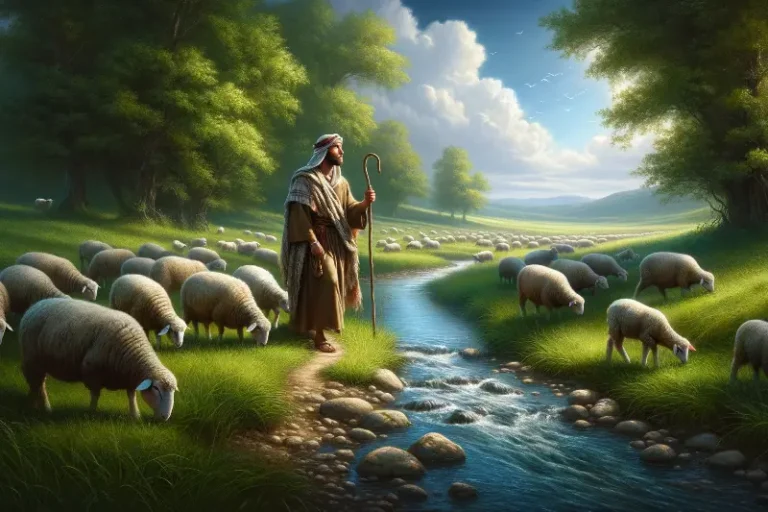What are the Seven Spirits of God? 
And the spirit of the LORD shall rest upon him, the spirit of wisdom and John to the seven churches which are in Asia: Grace be unto you, and peace, from him which is, and which was, and which is to come; and from the seven Spirits which are before his throne (Revelation 1:4 KJV)

Are these seven spirits of God, seven angels that stand before God, or is this term a description of the Holy Spirit? We briefly consider this question and then review why this revelation is crucial to understanding the Holy Spirit’s operations in our hearts.
Although the book of Revelation describes seven angels that stand before the throne, the first occurrence of the Seven Spirits of Godin context refers to the Holy Spirit. In Rev. 1:4, John sends greetings from the Trinity. First, he describes the Father as “ him which is, and which was, and which is to come.” Second, he describes the Spirit as “the seven Spirits before his throne.” And finally, Jesus is presented as “the faithful witness….” (Rev. 1:5). This explicit Trinitarian formula indirectly proves that John did not have angels in mind but the Holy Spirit. Scriptures have never described angels as sources of “grace and peace” to God’s people.
However, the Holy Spirit is one Person, not seven different spirits. What then is the meaning of seven here? Suppose we interpret the number seven in the description “seven spirits” as literal. In that case, we should seek to find the seven distinct “entities” of the person or activity of the Spirit communicated by this term. But if we consider seven as figurative, it should denote the same symbolic meaning of fullness, perfection, or completeness as it does in the rest of the scriptures. Interestingly, there are features of both aspects—the literal seven as shown in Isa. 11:2 with seven descriptors and the figurative seven representing the fullness of the Spirit on Jesus( John 3:34).
The first revelation of the seven-fold nature of the Spirit of God was the Lampstand in the Tabernacle. This Lampstand, as we know, is the Anointed One, upon whom the fullness of the Spirit was resting to give light for us to understand the Father. Furthermore, Zechariah said, “upon one stone shall be seven eyes”(Zechariah 3:9 KJV). But in Revelation, John saw the fulfillment of these prophecies in the prophetic vision of Jesus “ “And I beheld … a Lamb as it had been slain, having seven horns and seven eyes, which are the seven Spirits of God sent forth into all the earth” (Revelation 5:6 KJV). The Father gave Jesus the fullness of the Spirit ( John 3:34).
It is worth noting the seven-fold description of the Spirit is closely related to the Anointed One, Jesus, and His redemptive work. It is therefore closely related to the operations of the Holy Spirit in a human being. The prophets of old had the Spirit in a measure; Jesus had the fulness. And Isaiah 11:2 speaks of the spirit of the Lord, wisdom, understanding, might, counsel, knowledge, and the fear of the Lord. And the rest of the scriptures describe more aspects of His operations in us.
In Christ, God has filled you with the fullness of the Holy Spirit. There is no aspect of His person or operation that is not in you—better than what any prophet had in the Old Testament. May the Lord bring us into the whole experience of all the streams of this mighty heavenly River in our hearts!
How does Isa. 11:2 relate to the design of the Lampstand in the Tabernacle?
We have the fulness; we should walk in that fullness!
Thank the Father for the sevenfold Spirit of God abundantly given to us.
Read & Watch
The seven spirits of God: Spirit and spirit
The sevenfold Spirit of God: the Lampstand and the Lamb
The Wisdom of the Holy Spirit
What is a Devotional?
View all Deshen Daily devotionals including today’s devotional.
Free Mini E-book: From Spiritual Dryness to Flourishing








